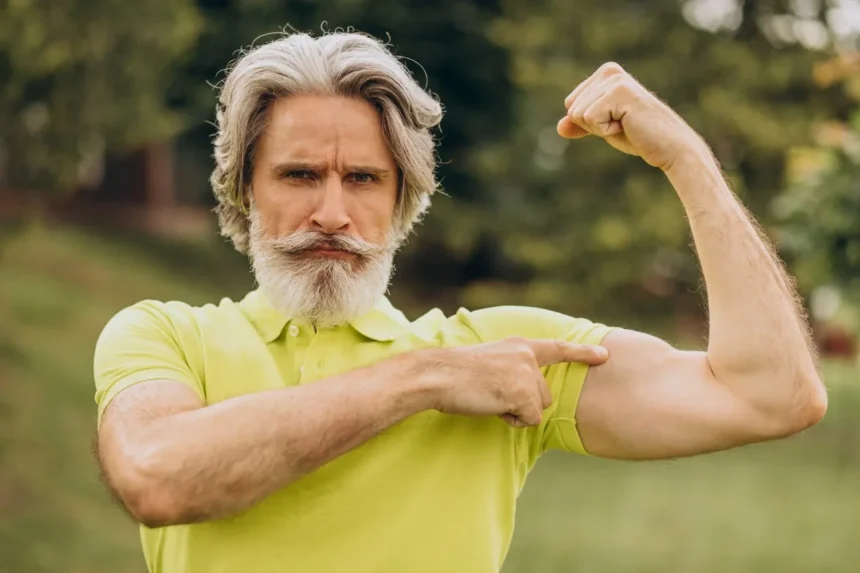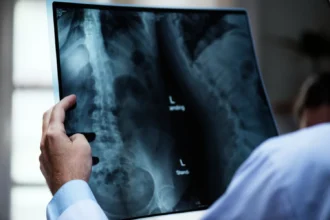As we grow older, it is natural to experience a gradual decline in muscle mass and strength, a condition known as sarcopenia. While some muscle loss is expected, the extent of this decline—and its impact on your quality of life—is largely within your control. Reduced muscle mass can lead to decreased strength, increased frailty and a lower overall quality of life, but the good news is that there are proactive steps you can take to maintain your strength and vitality. This article will provide a practical guide to combating age-related muscle loss, outlining key strategies you can incorporate into your daily routine.
Understanding Sarcopenia: What Happens as We Age?
Sarcopenia refers to the gradual loss of muscle mass, strength, and function that naturally occurs with age. Although this process is a normal part of aging, it can significantly affect your mobility, balance and overall quality of life. Importantly, the rate and extent of muscle loss differ from person to person.
The Rate of Muscle Loss
Typically, after the age of 30, adults may lose about 3% to 5% of their muscle mass every decade. However, this rate is not fixed and can vary widely depending on factors such as genetics, diet, and physical activity levels.
Why Does Sarcopenia Occur?
Several interrelated factors contribute to this age-related decline in muscle:
- Hormonal Changes:
With advancing age, levels of key hormones like testosterone and growth hormone decline. These hormones are essential for muscle maintenance, and their reduction can lead to muscle atrophy. - Decreased Protein Synthesis:
As you get older, your body’s ability to convert protein into muscle diminishes. This means that even if you consume adequate protein, maintaining or building muscle becomes more challenging. - Lower Physical Activity:
A decrease in physical activity, whether due to lifestyle changes, health issues, or reduced motivation, accelerates the loss of muscle mass. - Chronic Inflammation:
Persistent, low-level inflammation, which often increases with age, can contribute to the breakdown of muscle tissue.
Understanding these underlying factors is crucial in developing effective strategies to combat sarcopenia and maintain muscle health throughout your life.
The 5-Step Playbook for Maintaining Muscle Mass
Maintaining muscle mass as you age requires a proactive, multi-faceted approach. While genetics do play a role, your lifestyle choices can greatly influence how well you preserve your strength and muscle tissue over time. Here’s a five-step playbook based on scientific evidence to help you stay strong and vibrant:
1. Prioritize Protein Intake
Protein is the cornerstone of muscle building and maintenance, providing the essential amino acids needed for muscle repair. As we age, our bodies become less efficient at processing protein—a phenomenon known as anabolic resistance—so older adults often need more protein to preserve muscle mass.

- Why It’s Crucial: Protein stimulates muscle protein synthesis (the process of building new muscle) and minimizes muscle breakdown.
- How Much Protein? General guidelines suggest that sedentary older adults start with about 0.8 grams of protein per kilogram of body weight (roughly 0.36 grams per pound). For those who are active or looking to build muscle, the recommendation increases to 1.2-1.7 grams per kilogram (approximately 0.54 – 0.77 grams per pound). Always consult with a doctor or registered dietitian to tailor this to your individual needs.
- Good Sources:
- Lean meats (chicken, turkey, lean beef)
- Fish (salmon, tuna, cod)
- Eggs
- Dairy products (Greek yogurt, cottage cheese, milk)
- Beans and lentils
- Tofu and tempeh
- Nuts and seeds
- Tip: Spread your protein intake throughout the day by including a protein source in each meal. This helps maximize muscle protein synthesis continuously.
2. Engage in Regular Resistance Training
Resistance training (also known as strength training or weight lifting) is the most effective way to stimulate muscle growth and maintain strength.

- Why It’s Crucial: Resistance exercises create microscopic tears in muscle fibers, prompting the body to repair and build them stronger. This process counteracts the natural decline in muscle mass that comes with aging.
- What to Do: Aim for at least two to three sessions per week that target all major muscle groups—legs, back, chest, shoulders, arms, and core.
- Types of Resistance Training:
- Weight lifting (using dumbbells, barbells, or machines)
- Resistance band workouts
- Bodyweight exercises (push-ups, squats, lunges)
- Important Note: If you’re new to resistance training, start slowly and gradually increase the intensity. Working with a qualified personal trainer or physical therapist can help you learn proper form and reduce the risk of injury.
3. Optimize Hormone Levels Naturally
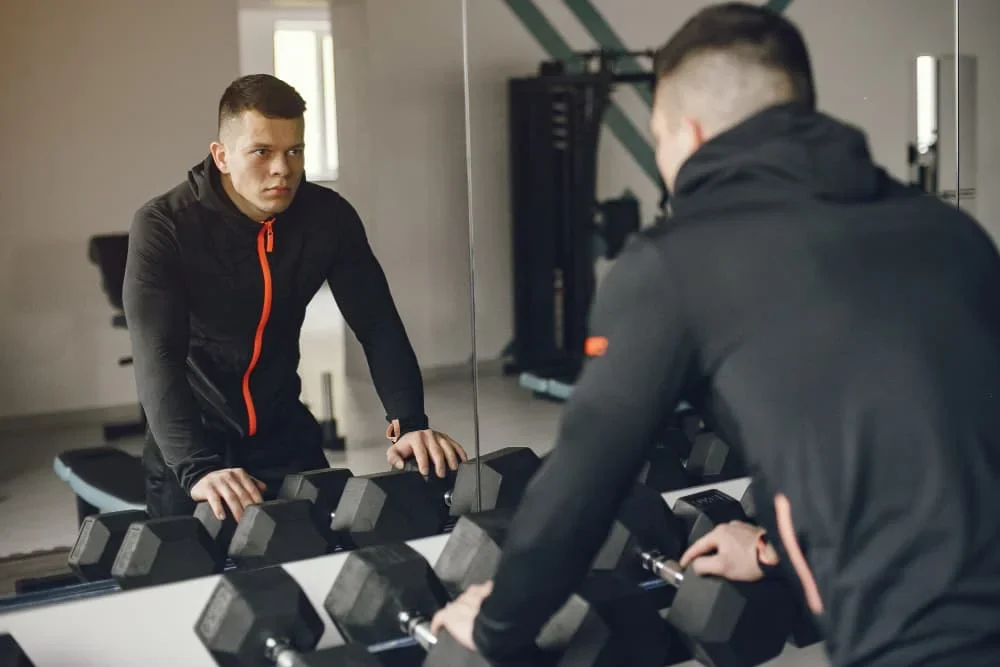
Hormones like testosterone and growth hormone are key players in muscle growth and maintenance. Although these hormone levels decline with age, there are natural strategies to support healthy levels:
- Prioritize Sleep: Aim for 7-9 hours of quality sleep each night, as sleep deprivation can disrupt hormone balance.
- Manage Stress: Chronic stress increases cortisol, which can negatively impact testosterone production and muscle growth. Practice stress-reducing techniques such as yoga, meditation, or deep breathing.
- Eat a Healthy Diet: Focus on whole, unprocessed foods rich in fruits, vegetables, lean proteins, and healthy fats. Avoid excessive sugar and processed foods.
- Maintain a Healthy Weight: Excess body fat, especially around the abdomen, can interfere with hormone balance.
- Limit Alcohol Consumption: Excessive drinking can lower testosterone levels.
- Important Note: Avoid testosterone or muscle boost supplements without consulting a doctor, as they can have serious side effects.
4. Consider Creatine Supplementation (with Caution)
Creatine is a naturally occurring compound stored in your muscles and used for energy during high-intensity exercise. It is one of the most well-researched supplements for increasing muscle mass and strength.
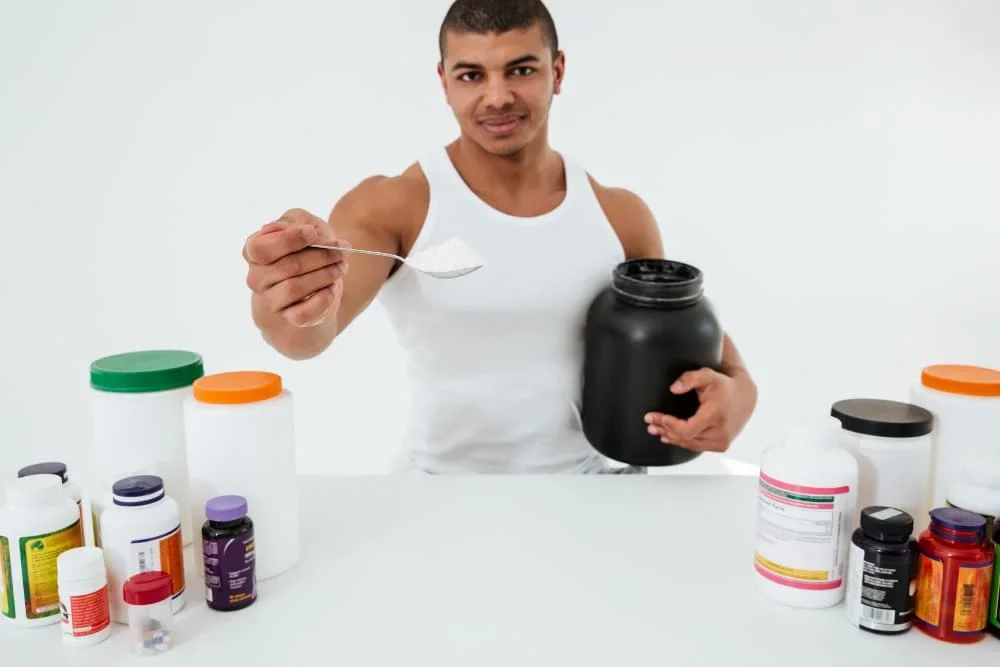
- How It Works: Creatine helps replenish ATP (adenosine triphosphate), the primary energy source for muscle contractions, enabling you to work out harder and stimulate more muscle growth.
- Benefits for Older Adults: Research indicates that creatine supplementation can be particularly beneficial for older adults by counteracting muscle loss and enhancing strength and physical function.
- Recommended Dosage: Typically, 3-5 grams per day is recommended. Although a loading phase is often suggested, it is not strictly necessary.
- Important Note: Consult with your doctor before starting creatine, especially if you have pre-existing kidney issues.
5. Ensure Adequate Vitamin D Intake
Vitamin D, known as the “sunshine vitamin,” is essential for various bodily functions, including muscle health.
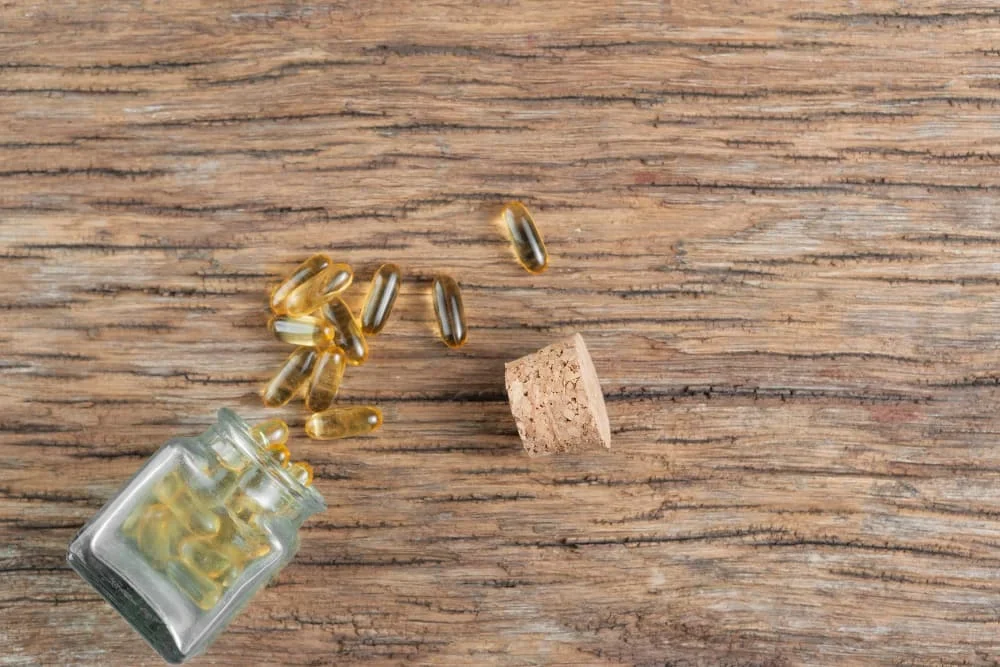
- Why It’s Important: Some studies suggest that Vitamin D plays a role in muscle function and strength, and deficiency can be common—especially in older adults or those with limited sun exposure.
- Sources of Vitamin D:
- Sunlight: Your body produces Vitamin D when exposed to sunlight.
- Food: Fatty fish (salmon, tuna, mackerel), egg yolks, and fortified products like milk and orange juice.
- Supplements: Widely available if natural sources are insufficient.
- Important Note: It’s advisable to have your Vitamin D levels checked with a blood test and consult with your doctor to determine if supplementation is necessary and what dosage is appropriate.
In Summary:
Maintaining muscle mass as you age involves a comprehensive approach that combines nutrition, exercise, and lifestyle modifications. Each of these five steps is crucial in supporting muscle health and strength, helping you stay active and vibrant over the years. For personalized advice, consult with a healthcare professional or registered dietitian to create a plan tailored specifically to your needs.
Beyond the “Big 5”: Other Factors to Consider
While protein, resistance training, hormone balance, creatine, and vitamin D are essential for maintaining muscle mass, there are several other factors that play a crucial role in overall muscle health. A holistic approach is key. Consider these additional elements:
- Adequate Calorie Intake:
Consuming enough calories is vital to support your body’s basic functions and provide energy for workouts and daily activities. Consistently undereating can force your body to break down muscle tissue for fuel, undermining your efforts to preserve muscle. - Overall Nutrient Intake:
While protein is important, don’t neglect other essential nutrients. Calcium and magnesium are crucial for muscle function and bone health, which provide the foundation for your muscles. A diverse diet rich in fruits, vegetables, and whole grains supplies a broad range of vitamins and minerals that support overall health. - Staying Active Beyond the Gym:
Formal exercise is important, but daily movement matters too. Incorporate activities such as walking, gardening, taking the stairs, or even doing household chores to keep your body moving throughout the day. - Avoiding Prolonged Inactivity:
Extended periods of sitting or being sedentary can accelerate muscle loss. Make a habit of taking regular breaks to stand, stretch, and move around during the day.
Maintaining muscle mass as you age requires a multifaceted approach that goes beyond just lifting weights and eating protein. Balancing your exercise routine, nutrition, and overall daily activity is essential for preserving strength and vitality over time.
Conclusion
Age-related muscle loss, or sarcopenia, is a common concern, but it is not an inevitable part of aging. With proactive strategies, you can significantly slow its progression and maintain your strength, mobility and overall quality of life. Prioritizing adequate protein intake, engaging in regular resistance training, naturally supporting healthy hormone levels, ensuring sufficient Vitamin D, and considering creatine supplementation with professional guidance are key steps in preserving muscle mass as you age.

